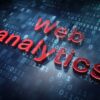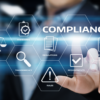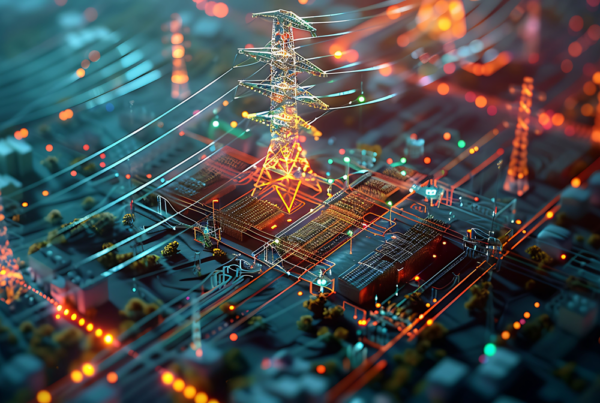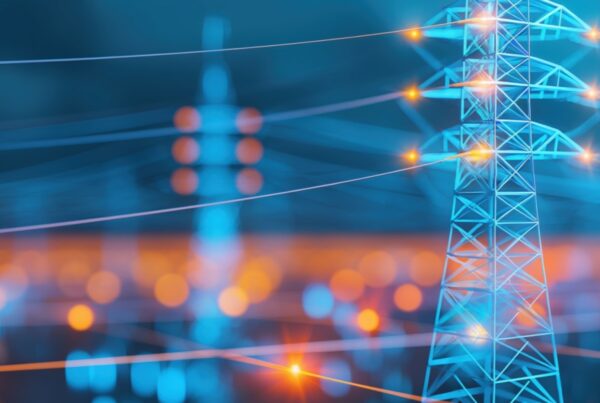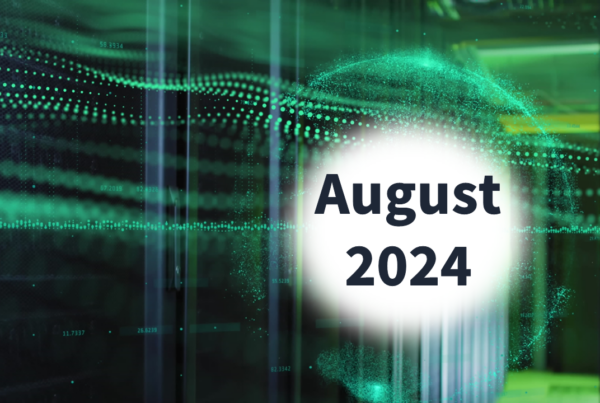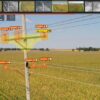
In the dynamic energy landscape, the U.S. national grid is undergoing a remarkable transformation. Gone are the days of a one-way power flow—our traditional system of generation, transmission, and distribution is yielding to a decentralized, interactive network where providers, consumers, and prosumers collaborate instantaneously.
At the heart of this evolution are Distributed Energy Resources (DERs)—small-scale power sources including solar panels, wind turbines, and batteries. As DER adoption surges, the role of DER aggregators becomes even more pivotal, ensuring a reliable and secure electricity flow while balancing diverse energy inputs.
In this exploration, we’ll delve into the origins of DER aggregators, their present significance, and the cutting-edge AI tools that will continue shaping the grid of the future.
What is a DER aggregator?
Most DERs connected to the grid are small and medium-sized power resources—think individual homes with solar panels or community wind farms. Aggregators are independent businesses that “bundle” individual DERs into a single entity (sometimes called a virtual power plant, or VPP) capable of engaging in electricity markets.
The Federal Energy Regulatory Commission (FERC) defines a DER aggregator [1] as “an entity that aggregates one or more DER for purposes of participation in the capacity, energy, and ancillary service markets of the regional transmission operators and independent system operators.”
DER aggregators offer an array of benefits to grid operators, including:
- Reducing the marginal cost of power to cover peak demand.
- Enabling optimization of infrastructure investments.
- Delivering ancillary services such as load shifting and balancing.
A tried-and-true concept
The idea behind DER aggregation is nothing new. The Environmental Protection Agency (EPA) traced the origin back to the 1980s, when utilities began to offer “group load curtailment” programs, outsourcing management of their demand response programs to third-party companies [2], which came to be known as demand response providers (DRPs). These DRPs worked with large consumers of electricity (typically commercial and industrial customers) to reduce their usage during peak demand hours.
In response to increasing penetration of DERs such as rooftop solar panels, DRPs began working with these smaller resources in providing demand response services. As the distributed energy market continued to grow, DRPs evolved into the DER aggregators we know today, providing a range of services to both grid operators and resource owners.
How FERC is changing the game
In September 2020, FERC issued Order No. 2222 [3], requiring regional transmission organizations (RTOs) and independent system operators (ISOs) to develop plans for giving DERs access to wholesale energy markets. The order also establishes DER aggregators as a new category of market participant.
Currently, only one ISO under FERC jurisdiction, California’s CAISO [4], has received full approval for its Order 2222 compliance plan. Others—including MISO (Midcontinent) [5], NYISO (New York) [6], PJM (Pennsylvania, New Jersey, and Maryland) [7], ISO-NE (New England) [8], and SPP (Southwest) [9]—have submitted plans that either have been partially accepted or are currently under review.
As Order 2222 advances towards full implementation, DER aggregators will play a significantly larger role in grid operations as they represent their customers in wholesale markets. Aggregators will also be required to ensure their customers abide by market rules and regulations regarding metering, telemetry, data collection, communication, and physical interconnection.
How AI can help DER aggregators prepare for their new role
If DER aggregators are to succeed in their new role as participants in wholesale markets, improvements in their operational efficiency will be essential. Fortunately, AI-driven technology provides the tools aggregators need to “level up” and meet the demands of their evolving responsibilities, particularly in the following use cases.
Forecasting customers’ generation capacity
Because most DERs involve renewable energy sources such as solar and wind power, their generation capacity can be difficult to predict. Solar energy can only be generated during daytime hours, and even then, a passing cloud can significantly affect output. Wind conditions can be equally variable, and severe weather conditions can even require wind farms to shut down for safety purposes.
AI models can help aggregators address these complexities by incorporating large amounts of real-time data, including current weather reports and forecasts as well as historical patterns, in forecasting DER output. The addition of machine learning enables these models to self-educate for continuous improvement, analyzing predictions versus results over time to generate ever more accurate results.
Collecting real-time customer data
A single DER aggregator can have hundreds of thousands of customers, and successfully representing these resources in wholesale markets requires a continuous flow of data.
Artificial intelligence enables data platforms to simultaneously gather and analyze data from thousands of sources at a speed far greater than humans. Aggregators can leverage AI models to collect the real-time customer information they need to make timely, data-driven decisions in selling their aggregated power on the open market.
Deriving insights from analytics regarding production, price, and settlement calculations
DER aggregators can leverage machine learning or deep learning to predict short- and long-term production from their aggregated resources. These predictions, coupled with other functions such as demand forecasting, managing risk of price volatility, and dispatch optimization, can enable aggregators to reach high levels of accuracy in their price and settlement calculations.
Meet the new power players
As FERC-regulated RTOs and ISOs progress towards implementation of Order No. 2222—and operators including ERCOT authorize pilot projects to” evaluate DERs in wholesale markets” [10],[11]—DER aggregators are being challenged to operate leaner, faster, and smarter. By tapping into the power of artificial intelligence, machine learning, and deep learning, aggregators can make the most of their resources as they lead their customers into the world of wholesale energy trading.
References
- Zhou, Ella, David Hurlbut, and Kaifeng Xu. (2021). A Primer on FERC Order No. 2222: Insights for International Power Systems. Golden, CO: National Renewable Energy Laboratory. NREL/ TP-5C00-80166. https://www.nrel.gov/docs/fy21osti/80166.pdf.
- National Action Plan for Energy Efficiency. (2010). Coordination of Energy Efficiency and Demand Response. Charles Goldman, Michael Reid, Roger Levy, and Alison Silverstein. https://www.epa.gov/sites/default/files/2015-08/documents/ee_and_dr.pdf
- Federal Energy Regulatory Commission (FERC) (2020, September 17). FERC Order No. 2222: Fact Sheet. September 17, 2020. https://www.ferc.gov/media/ferc-order-no-2222-fact-sheet
- Federal Energy Regulatory Commission (FERC). Order on Compliance Filing. May 18, 2023. https://www.caiso.com/Documents/May18-2023-OrderAcceptingComplianceFilingofFERCOrderNo2222-ER21-2455.pdf
- Midcontinent Independent System Operator (MISO). (2024, February 22). MISO Dashboard. Distributed Energy Resources (DER) – FERC Order 2222 Compliance (fka IR070). https://www.misoenergy.org/engage/MISO-Dashboard/distributed-energy-resources/
- Federal Energy Regulatory Commission (FERC). (2022, October 23). E-1 Commissioner Christie’s Concurrence in NYISO’s Rehearing Request on Order No. 2222 Compliance, ER21-2460. October 23, 2022. https://www.ferc.gov/news-events/news/e-1-commissioner-christies-concurrence-nyisos-rehearing-request-order-no-2222
- (2023, November 13). Commissioner Christie’s Concurrence on PJM’s Order No. 2222 Third Compliance and Section 205 Filings, ER22-962 & ER23-2841. https://www.ferc.gov/news-events/news/commissioner-christies-concurrence-pjms-order-no-2222-third-compliance-and-section
- ISO New England, Inc. (2024). ISO Filings to FERC / Order No. 2222 / FERC Filings. https://www.iso-ne.com/participate/filings-orders/ferc-filings
- Southwest Power Pool (SPP). (2022). SPP documents and Filings / SPP Documents / FERC & Regulatory Documents / 2022 FERC Dockets / ER22-1697 (Order No. 2222 Compliance Filing. https://www.spp.org/spp-documents-filings/?id=322977
- Walton, R. (2022, October 24). EnergyTech: ERCOT moves forward on pilot to evaluate DERs in wholesale markets. Microgrid Knowledge. https://www.microgridknowledge.com/distributed-energy/article/11436845/energytech-ercot-moves-forward-on-pilot-to-evaluate-ders-in-wholesale-markets
- Electric Reliability Council of Texas (ERCOT). (2022, October 11). Aggregate Distributed Energy Resource (DER) Pilot Project. https://www.ercot.com/files/docs/2022/10/11/11.1 Aggregate Distributed Energy Resource (DER) Pilot Project – Template.pdf
Managing Director of Grid Operations Alex Lago has over 30 years of experience in power system operations, wholesale power market operations, SCADA/EMS/GMS/DMS/OMS systems, and system/application design and implementation. He is passionate about advising companies on large-scale transformational projects and implementation of complex real-time operation systems.
Logic20/20 is a Solution Provider member of UAI.


